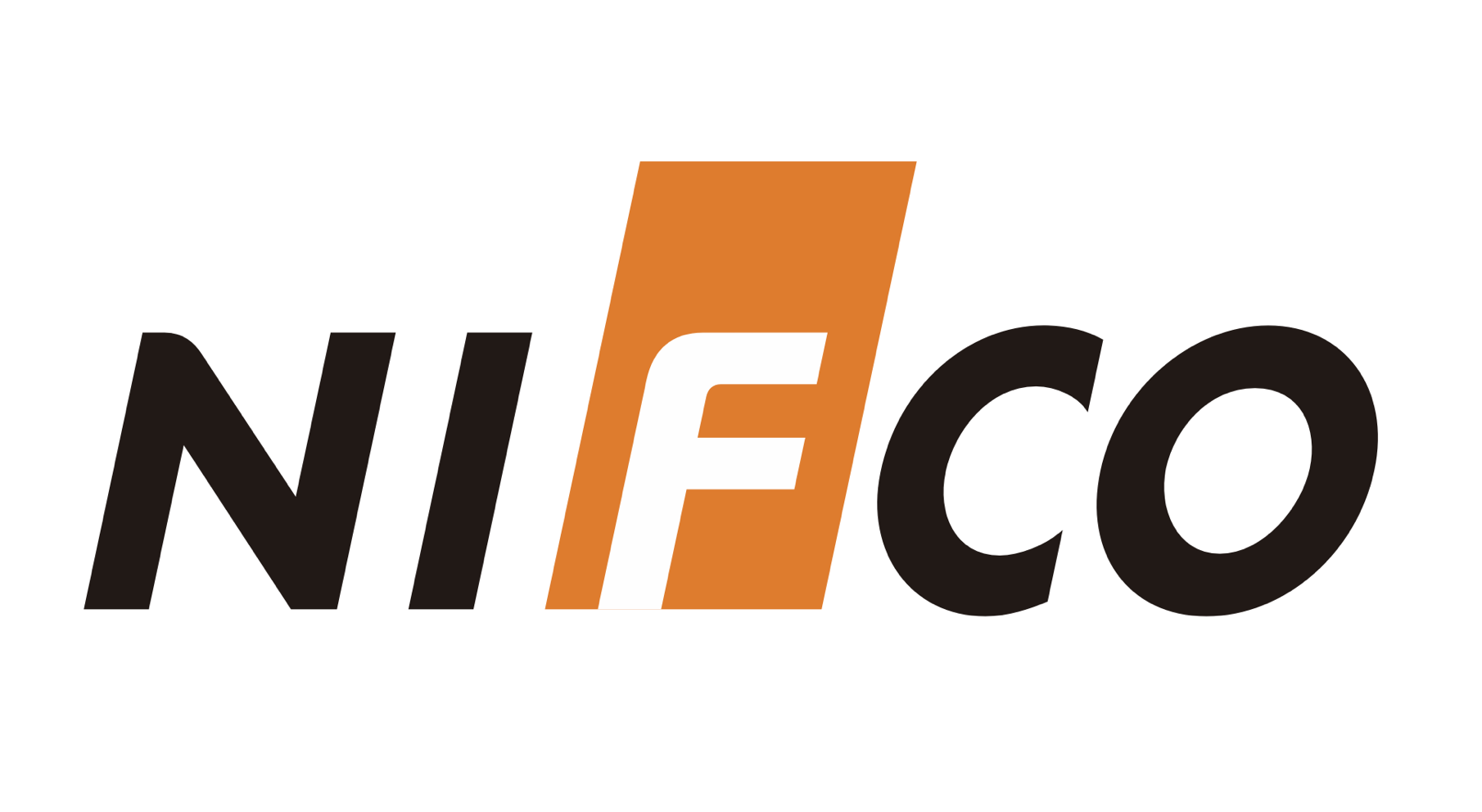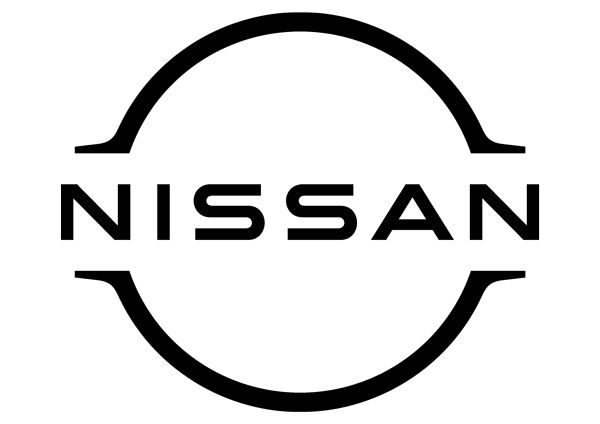ソリューション
About
脱炭素社会の実現やレジリエントなサプライチェーン網の構築など、製造業各社は変化する社会の要請に応じた
従来設計の流用/改善では不可能な製品の開発が求められています。
こうした設計は製品形状・材料に関わる仕様、製造制約、などの関係性を理解し再定義する必要があります。
Nature Architectsはメタマテリアルを活用した独自の設計技術:Direct Functional Modelingによって従来製品を超える機能を実現し、既存製造設備で量産性を考慮した設計案を顧客に提供します。
そして、部材一体化/材料代替による軽量化・コスト削減やリサイクル性の向上、振動・音・変形・熱に関する機能の向上などにより、競争力のある製品を生み出し顧客の新市場/事業の開拓を強力に支援します。
Manufacturing companies need to develop new products that go beyond traditional designs in order to satisfy the demands of a changing society, such as achieving a carbon-neutral society and building a resilient supply chain network.
These designs require understanding and redefining the relationships involving product’s geometry , materials, manufacturing constraints, and more. Nature Architects offers a unique design technology called Direct Functional Modeling, which utilizes metamaterials to achieve functionalities that surpass conventional products.
We provide design proposals that consider mass production using existing manufacturing facilities to our customers. By achieving lightweighting and cost reduction through parts consolidation/material substitution, improving recyclability, and enhancing functionality related to vibration, sound, deformation, and heat.
We strongly support our clients in developing competitive products.
協業先
Collaborators








COMPANY
COMPANY
-
登記名COMPANY NAME
-
Nature Architects株式会社Nature Architects, Inc.
-
住所ADDRESS
-
Iwasei Nihonbashi building 4F, 6-5,
Nihonbashi Odenmacho,
Chuo-ku, Tokyo, 103-0011, Japan
Google map -
代表取締役CEO
-
須藤 海Kai Suto
-
設立FOUNDED
-
2017年5月May, 2017
MEMBER






















